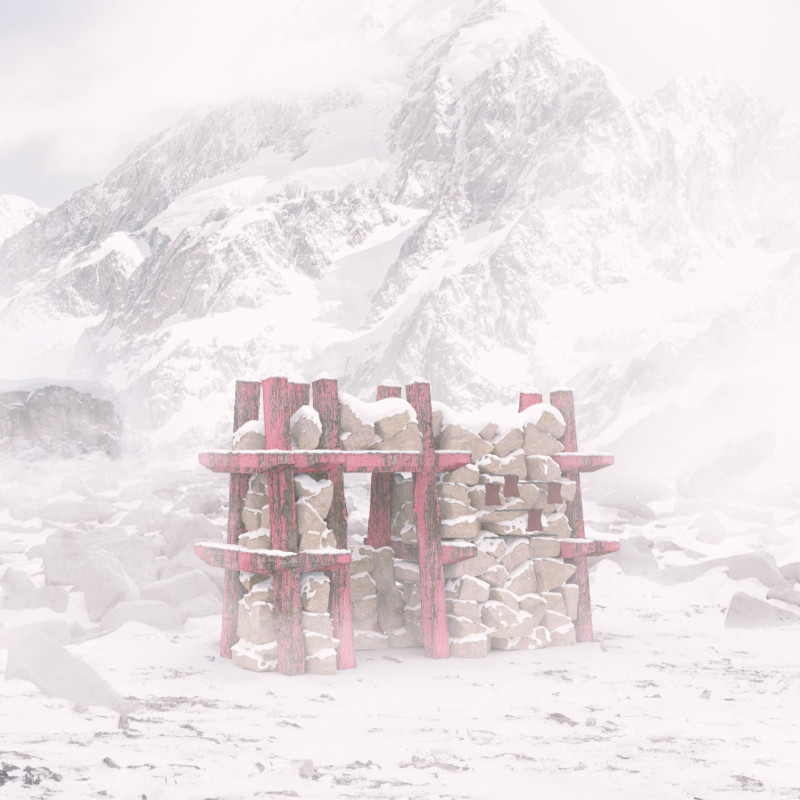5 key facts about this project
The design focused on waste management at Mt. Everest tackles the growing environmental issues caused by climbers on the highest mountain in the world. Located in the Himalayas, the facility aims to provide a sustainable method for dealing with human waste generated by an increasing number of adventurers. The overall design concept features a toilet facility structured as a dry-stone wall, emphasizing practicality and environmental care in a delicate alpine setting.
Site Context and Concept
The design responds to the urgent need for responsible waste management in a region facing challenges due to human activity. The dry-stone wall serves as both a functional structure and a part of the landscape, using local construction methods that provide durability while harmonizing with the natural surroundings. This approach fosters a practical solution that respects the characteristics of the Himalayas while catering to the needs of climbers.
Design Features and Functionality
A significant aspect of the design is its emphasis on practicality for climbers. The facility enables users to store waste in designated areas that can be easily retrieved on their return from the summit. This makes sure that waste does not contaminate the environment and encourages climbers to take responsibility for their refuse. The design streamlines the waste management process and addresses the logistics presented by high-altitude expeditions.
Ventilation and Hygiene
To manage hygiene issues, the toilet facility includes natural ventilation through openings that allow air and light. This helps keep the environment clean, which is essential for users in a situation where sanitation is often difficult. By focusing on proper airflow, the design attends to both functionality and health needs, ensuring a comfortable experience for climbers.
Sustainability and Community Impact
The project also highlights sustainability by introducing the possibility of converting waste into organic fertilizers, benefiting local communities. This approach supports ecological principles and contributes to local farming practices, building a relationship between climbers and their environment. By combining waste management with environmental responsibility, the design advocates for a way of interacting with nature that minimizes harm.
The thoughtful integration of convenience and ecological awareness aims to foster a sustainable impact on one of the world’s most challenging terrains. The openness of the toilet shelter invites light and air, promoting both hygiene and a connection to the surrounding landscape.


















































